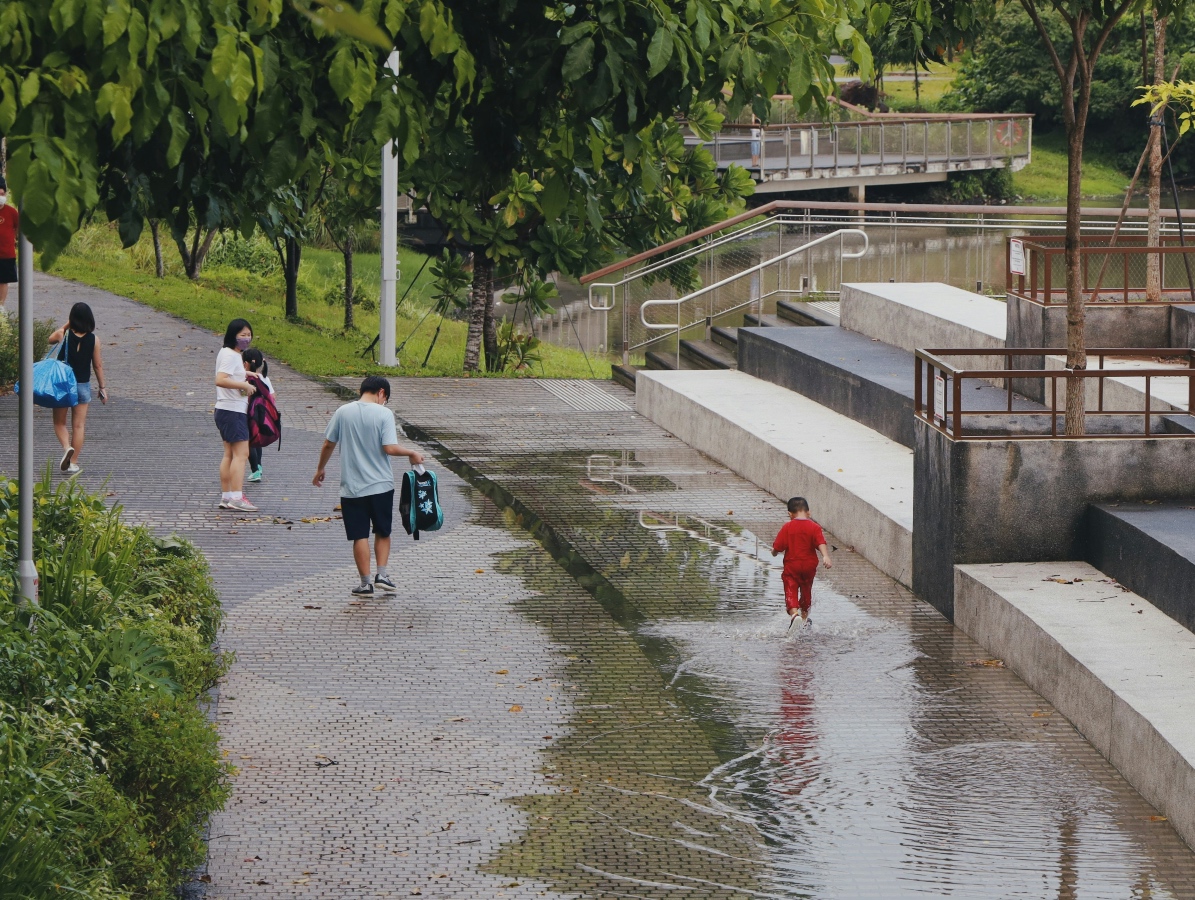In recent years, Singapore has experienced increasingly intense rainfall, leading to annual flash floods in certain areas. As a low-lying island nation, Singapore is particularly vulnerable to the impacts of climate change, including rising sea levels and more frequent extreme weather events. However, the government has been proactive in implementing a multi-faceted approach to manage and mitigate flood risks. Here’s an in-depth look at what Singapore is doing to address the challenge of flash floods.
Understanding the Causes of Flash Floods in Singapore
Flash floods in Singapore are primarily caused by:
- Heavy Rainfall: Intense and prolonged rainstorms overwhelm drainage systems.
- Urbanisation: Rapid urban development reduces natural water absorption, increasing surface runoff.
- Tidal Influences: High tides can impede the flow of water into the sea, exacerbating flood conditions.
To combat these issues, Singapore has adopted a combination of infrastructure upgrades, technological innovations, and community engagement.
Key Initiatives and Solutions Towards Flash Floods
1. Upgrading Drainage Infrastructure
Singapore’s national water agency, PUB, has been actively upgrading the island’s drainage infrastructure to handle higher volumes of rainfall. Key projects include:
- Deep Tunnel Sewerage System (DTSS): A massive underground tunnel system designed to transport used water and stormwater more efficiently.
- ABC (Active, Beautiful, Clean) Waters Program: This initiative integrates drainage infrastructure with green spaces, creating aesthetically pleasing and functional water bodies that can manage stormwater.
2. Implementing Smart Technologies
Singapore is leveraging technology to enhance flood management:
- Smart Water Grids: Sensors and real-time monitoring systems are installed across the island to detect water levels and predict potential flood zones.
- Weather Forecasting: Advanced meteorological tools provide accurate and timely weather forecasts, enabling preemptive measures.
3. Enhancing Natural Water Absorption
To counteract the effects of urbanisation, Singapore is reintroducing natural elements into its urban landscape:
- Rain Gardens and Bioswales: These features are designed to capture and filter rainwater, reducing surface runoff.
- Green Roofs and Walls: Buildings are increasingly incorporating vegetation to absorb rainwater and reduce heat.
4. Community Engagement and Education
PUB actively engages the public through campaigns and educational programs:
- Flood Alerts: Real-time flood alerts are sent to residents via mobile apps and social media.
- Public Awareness: Campaigns like “Make Every Drop Count” encourage water conservation and responsible water usage.
5. Long-Term Climate Resilience Planning
Singapore is preparing for the long-term impacts of climate change through:
- Coastal Protection Measures: Plans to build sea walls, polders, and other coastal defenses to protect against rising sea levels.
- Integrated Water Management: A holistic approach that combines water supply, drainage, and flood management.
Case Studies: Successful Flood Mitigation Projects
Marina Barrage
The Marina Barrage is a prime example of Singapore’s innovative approach to flood management. It serves three key functions:
- Flood Control: By creating a freshwater reservoir, it helps regulate water levels during heavy rainfall.
- Water Supply: It provides a sustainable source of freshwater for the city.
- Recreation: The barrage has become a popular recreational spot, showcasing the integration of functionality and aesthetics.
Bukit Timah Flood Alleviation Scheme
This project involved the construction of a large detention tank and upgrading of drainage systems in the Bukit Timah area, significantly reducing flood risks in one of Singapore’s most flood-prone regions.
What Businesses Can Do
Businesses in Singapore can play a crucial role in supporting flood mitigation efforts:
- Adopt Green Building Practices: Implement green roofs, rain gardens, and efficient drainage systems in your premises.
- Invest in Flood-Resilient Infrastructure: Ensure that your facilities are equipped to handle extreme weather events.
- Participate in Public Initiatives: Collaborate with government agencies and community groups to promote sustainable water management.
- Educate Employees: Raise awareness about flood preparedness and water conservation within your organisation.
Conclusion
Singapore’s comprehensive approach to managing annual flash floods demonstrates its commitment to building a resilient and sustainable city. Through infrastructure upgrades, technological innovations, and community engagement, Singapore is effectively mitigating flood risks and setting an example for urban flood management worldwide. As climate change continues to pose challenges, these efforts will be crucial in ensuring the island’s long-term sustainability and safety.

